Did you know that over 4.7 billion people worldwide now use social media—meaning nearly 60% of the global population is online, scrolling and shaping opinions every single day? Social media influence moves faster than ever, reshaping who and what we trust in mere seconds. In this data-driven age, those who don’t master these digital platforms risk falling behind—personally and professionally. Read on to discover why social media influence matters, how it affects you, and the actionable insights you need to turn this force into your ally.
A Startling Statistic: The Ubiquity and Impact of Social Media Influence
Social media has become as common as electricity and running water in many parts of the world. The fact that more than half of all people are active social media users shows just how widespread and powerful these platforms have become. Every major event—whether political, social, or cultural—now unfolds in real time on platforms like Facebook, Instagram, Twitter, and TikTok. This vast digital network doesn’t just connect us; it influences what we believe, how we behave, and what we buy.
Research shows that nearly 76% of consumers are influenced by recommendations they see on social media platforms. Whether it’s a viral TikTok trend altering teenagers’ wardrobes or a tweet sparking global movements, the impact of social media influence filters into our daily choices, our self-esteem, and even our voting habits. To understand and control your online narrative, you must know how these dynamics operate—before they operate you.
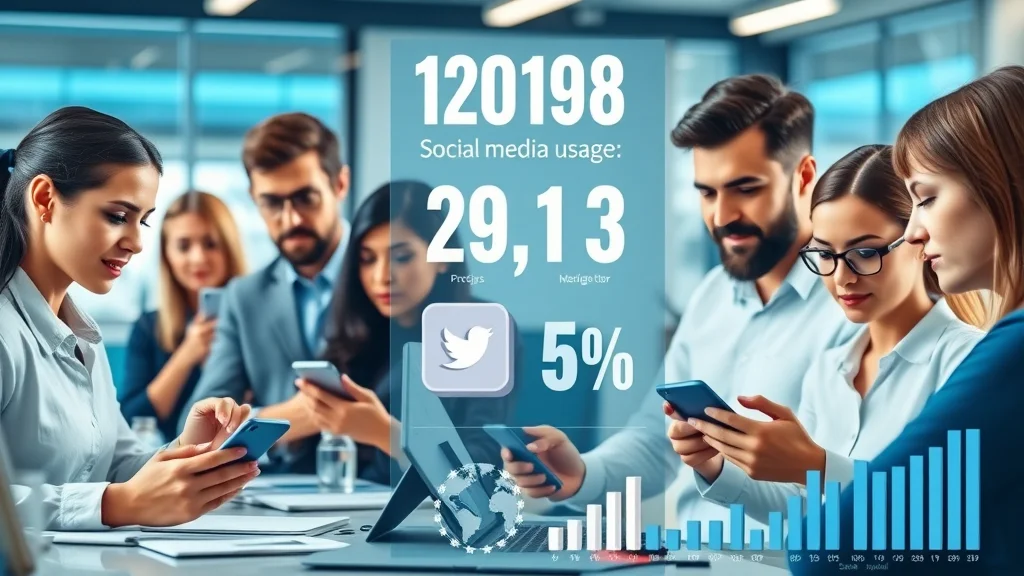
Why Social Media Influence Demands Immediate Attention
Treating the power of social media with caution isn’t enough anymore—you need to act. The speed at which trends go viral and misinformation spreads means that waiting passively can actually do harm, both to your reputation and opportunities. Social networks give users unprecedented reach, with single posts sometimes sparking worldwide conversations—or controversies. If you fail to master your social influence, others might define it for you.
Moreover, businesses, politicians, and social organizations all harness the power of media platforms to shape public opinion, build brands, and even change laws. In short, social media influence is not just about popularity—it’s about control, responsibility, and opportunity. By learning how these platforms work, you put yourself in the driver’s seat of your personal and professional destiny.
What You’ll Learn About Social Media Influence
- What social media influence means and why it’s so powerful
- How different platforms shape public opinion and drive trends
- The psychological effects of social media use—good and bad
- Concrete steps to grow your own influence safely and ethically
- The essential metrics for tracking your impact online
- How to recognize and avoid common pitfalls of social networks
- Case studies and real-world examples of viral online movements
- Why mastering social media influence is urgent today—not tomorrow

Understanding Social Media Influence: Definitions and Core Concepts
Defining Social Media Influence in the Digital Age
Social media influence describes the ability of a person, group, or brand to shape opinions and behaviors through social media platforms. In today’s digital landscape, social influence is exercised not just by celebrities and public figures but also by everyday users who know how to engage and mobilize followers.
This concept goes beyond simply posting updates or getting likes. It’s anchored in authenticity, trust, and the perceived authority of a social media user within a specific community or niche. Platforms like Instagram, Twitter, TikTok, and YouTube amplify voices and ideas, allowing anyone to become a key influencer. Understanding your social media influence gives you the power to drive conversations, initiate change, and become a recognized leader in your chosen arena. In the digital age, influence is measured not just by follower counts, but by the meaningful impact on attitudes, beliefs, and actions.
To further enhance your understanding of how social media influence can be strategically leveraged for business growth, you might find it valuable to explore practical approaches to influencer marketing that can transform your brand’s reach and credibility. This resource delves into actionable tactics for collaborating with influencers and maximizing your brand’s impact online.
How Social Media Platforms Shape Public Opinion
Much of today’s public discourse happens online. Content feeds—full of trending topics, expert commentary, and user-generated posts—continuously shape what’s “normal” to believe, buy, or support. Social media platforms employ algorithms that learn what you like and deliver more of the same, reinforcing your worldview. This dynamic can turn a single opinion into a viral movement or a business idea into a global brand.
The speed and scale of this opinion-shaping power are unprecedented. Social networks curate what news we see and influence who rises to digital fame. Even subtle tweaks in algorithmic recommendations or trending hashtags can shape national conversations, fuel activism, or (sometimes) foster divisiveness. The impact of media influence is both immediate and far-reaching, making it critical to build awareness about how—consciously or not—you both influence and are influenced every day.
The Role of Social Networks in Amplifying Influence
Social networks such as Facebook, LinkedIn, and Twitter act as megaphones for individual voices, especially when content is shared, retweeted, or broadcast across circles. These platforms thrive on engagement—likes, shares, comments—giving viral content a life of its own. The mechanics of amplification mean that every user has the potential to reach audiences far beyond their immediate connections.
When social media users create meaningful content, share genuine stories, or spark critical conversations, networks amplify that influence. This process can lead to collective action, cultural shifts, and even social change. However, it also means that negative, misleading, or manipulative messages can spread just as quickly. Understanding amplification’s double-edged nature provides an edge: you can craft messages that resonate widely while safeguarding against unintended consequences.

Powerful Platforms: Where Social Media Influence Thrives
Major Social Media Platforms and Their Unique Influence Dynamics
Not all platforms are created equal when it comes to social media influence. Facebook remains a go-to for broad audiences and older generations, while Instagram is a haven for visual storytelling, branding, and influencer marketing. TikTok dominates short-form viral trends, especially among Gen Z, using powerful algorithms to boost creative content to millions in minutes. Twitter stands out for real-time news and public debates, and LinkedIn is the platform of choice for professional thought leadership.
Each media platform shapes engagement in distinct ways. Instagram’s algorithm rewards visually appealing content and influencer collaborations; Twitter’s trending topics can launch a global conversation with a single hashtag. YouTube supports long-form storytelling, while Reddit channels community-driven influence through upvotes. Understanding the strengths and quirks of these social media platforms is the first step to leveraging your voice and reaching your target audience with greater impact.
Emerging Trends in Media Platforms Shaping Influence
Media platforms are evolving quickly, with new trends changing how influence is built and measured. Features like Stories, Reels, and Live video streams are now mainstream, prioritizing real-time engagement and interaction. AI-powered recommendations, ephemeral content, and augmented reality filters make audience experiences more immersive, while virality is no longer just about follower numbers—it’s about authentic connection and creative originality.
For those aiming to master social media influence, staying ahead of trends is crucial. From the rise of “micro-influencers” who command niche loyalty, to decentralized communities shaping their own rules (think Discord or Clubhouse), new approaches are constantly emerging. Brands and users who spot these shifts early often enjoy the biggest growth in engagement and authority.
How Social Media Users Create Viral Movements
The secret to going viral lies not just in luck but in understanding how social media users behave. Viral trends often start as genuine grassroots campaigns—like the Ice Bucket Challenge or hashtag activism—built on emotion, relatability, and visual storytelling. Timing, cultural awareness, and community engagement all play a role in turning simple ideas into global phenomena.
Powerful viral movements occur when content strikes a collective nerve, prompting users to comment, share, or create their own versions. Media platforms’ algorithms rapidly surface high-engagement posts, causing exponential reach. Successful influencers understand how to harness these dynamics: they tap into topics that matter to their audience, encourage participation, and use hashtags strategically to spark chain reactions. With the right message at the right moment, anyone can create a ripple effect across the internet.
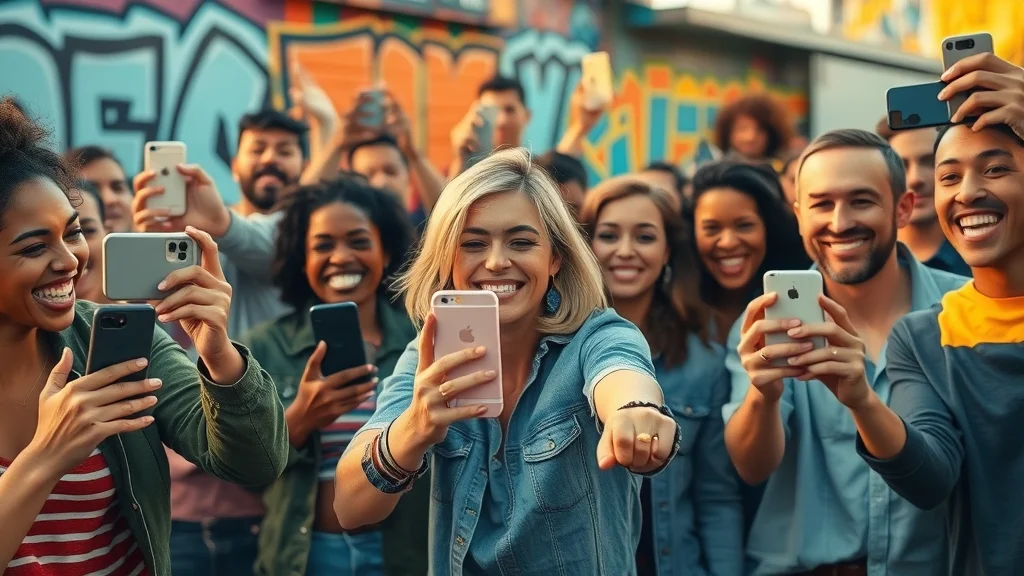
The Psychology of Social Influence on Social Media
Social Networks and Human Behavior
Social networks have an outsized effect on the way we think and behave. Group dynamics, peer pressure, and the desire for validation all play out in real time online, influencing our attitudes even when we’re not consciously aware of it. The sense of belonging is powerful; many people feel compelled to align with the views and actions that are most visible on their feeds.
For many users, the likes, comments, and shares serve as social affirmation. This drive for recognition can push us to conform—or to stand out for the right reasons. Understanding the psychology behind social influence helps explain why some posts go viral while others are ignored, and why following influencers can impact not just our tastes, but our self-esteem and beliefs.
Mental Health Effects of Social Media Use
The link between social media use and mental health is complex and growing. While connecting online can provide community support, inspiration, and even help people find their tribe, it can also lead to stress, anxiety, and FOMO (fear of missing out). Endless scrolling has been linked to increased feelings of loneliness and lower self-worth, particularly among teens and young adults.
It’s essential to recognize both the upsides and downsides of heavy media usage. Platforms designed to maximize engagement can inadvertently increase anxiety or trigger negative comparison loops. Striking a balance is key: use social media mindfully, take regular breaks, curate your feeds, and seek out positive communities. The goal isn’t to quit social media, but to use it in ways that support your mental and emotional wellbeing.

"The real power of social media influence lies in its ability to subtly shape how we see ourselves and others."
The Double-Edged Sword: Pros and Cons of Social Media Influence
5 Key Advantages of Social Media Influence
- Global communication that brings together diverse voices and experiences
- Rapid information sharing during crises and breaking news
- Empowering activism and enabling causes to spread worldwide
- Brand building and business growth opportunities for entrepreneurs
- Community support networks for people with shared interests or challenges
5 Major Disadvantages of Social Media Influence
- Proliferation of misinformation and spreading of fake news
- Increased cyberbullying and online harassment
- Privacy risks and loss of personal data security
- Polarization through echo chambers reinforcing narrow beliefs
- Mental health impacts, including increased anxiety and low self-esteem
| Advantages | Disadvantages |
|---|---|
| Global communication | Misinformation |
| Rapid information sharing | Cyberbullying |
| Activism & social change | Privacy risks |
| Brand building & business growth | Echo chambers |
| Community support networks | Mental health impact |
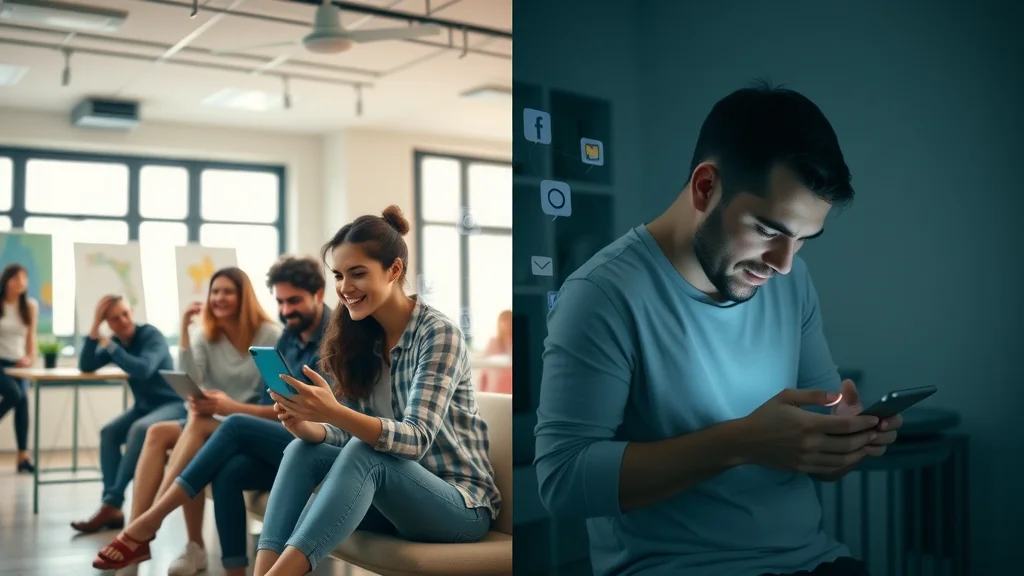
Navigating the Landscape: How to Master Social Media Influence
Building Authority on Social Media Platforms
- Share original insights and real stories to establish credibility
- Engage regularly with your community by responding to comments and feedback
- Collaborate with others in your field to extend your reach
- Be consistent in your posting and maintain a unique personal brand voice
- Prioritize authenticity over perfection to build trust and authority
Recognizing and Avoiding the Pitfalls of Media Use
Even the savviest social media user can fall prey to common mistakes, like oversharing, getting dragged into online arguments, or spreading unverified information. The best strategy is to verify sources, think critically before posting, and set boundaries around your media use. Use privacy settings wisely, take care with personal data, and be prepared to step back from toxic conversations.
Building your social influence shouldn’t come at the cost of your well-being or reputation. Learn to spot manipulative tactics on media platforms—such as fake engagement or clickbait headlines—and never sacrifice ethics for short-term attention. Long-lasting influence comes from trust, responsibility, and consistently adding value to your community.

Measuring Your Social Media Influence: Metrics That Matter
It’s easy to get obsessed with likes and followers, but true media influence goes much deeper. Key metrics to track include engagement rate (how many people comment or share your posts), reach (the total number of users who see your content), impressions, click-through rates, and overall follower growth. Tools like Google Analytics, native platform analytics, and third-party social listening apps help measure these factors.
Successful social media users focus on quality over quantity and set clear goals for their online efforts. By understanding what works—and what doesn’t—you can refine your strategy, connect more meaningfully with your audience, and sustain your impact as the landscape keeps evolving.
People Also Ask: Common Questions About Social Media Influence
What are the 5 advantages and 5 disadvantages of social media?
Answer:
- Advantages: connectivity, information access, brand reach, awareness, business growth.
- Disadvantages: anxiety, privacy concerns, misinformation, distraction, online harassment.
What is social media influence called?
Answer:
Social media influence refers to the power individuals or platforms have to affect opinions and behaviors via social media.

What are 10 negative effects of social media?
Answer:
- Cyberbullying
- Addiction
- Depression
- Anxiety
- Sleep issues
- Self-esteem decline
- Spread of fake news
- Echo chambers
- Privacy loss
- Fear of missing out (FOMO)
What is an example of social influence?
Answer:
A viral hashtag campaign promoting social justice, leading to global awareness and legislative action, is a powerful example of social influence via social media.
Case Studies: Social Media Influence in Action
Notable Examples from Recent Years
Social media continues to be a driving force for powerful, real-world impact. Think about how #MeToo brought attention to workplace harassment, or how #BlackLivesMatter contributed to global conversations about racial justice and policy changes. These digital movements started with ordinary people, went viral thanks to widespread sharing, and resulted in real policy shifts—proving that online influence can ripple into every part of society.
Beyond activism, brands like Wendy’s have mastered the art of real-time engagement, building legions of loyal fans through humor and authenticity. Even during global crises—like the COVID-19 pandemic—social networks enabled rapid information sharing, empowering people to unite, organize, and support one another.
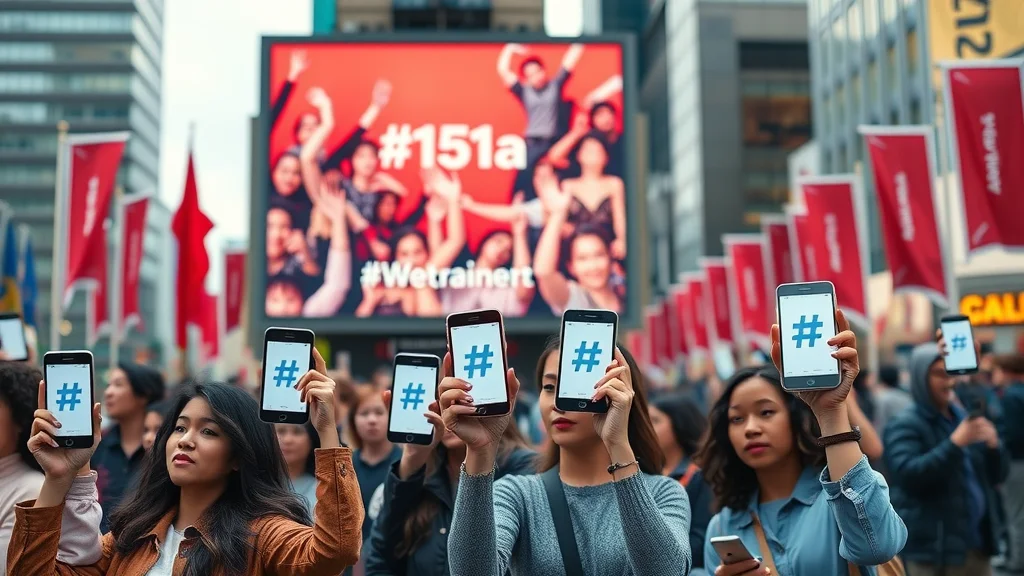
What Went Right and Lessons Learned
Effective social media campaigns succeed when they tap into authentic emotions, prioritize inclusivity, and use clear calls to action. These case studies remind us that the best social media influence comes from genuine storytelling, responsiveness, and a willingness to put the community first. Trends may fade, but the impact of digital advocacy and thoughtful engagement continues to expand.
"Every trending topic reveals the true nature of social media platforms as mirrors of our society."
Influencer Ethics: Responsibility in the Age of Social Media Platforms
The Growing Debate on Media Influence Ethics
As more people and brands gain media influence, questions about transparency and responsibility are front and center. There is growing scrutiny on paid posts, undisclosed sponsorships, and the spread of misinformation. The best influencers and marketers act with integrity, making it clear when content is sponsored and fact-checking before sharing.
The ethical stakes are high. When followers trust your voice, you have a duty to guide responsibly, resist manipulative tactics, and promote truthful messages. In the age of media platforms, influence without accountability can do more harm than good. Commit to full disclosure, respect intellectual property, and strive for positive impact above all.
Best Practices for Social Media Users and Influencers
Building ethical social influence is possible for everyone who uses social networks. Be transparent about partnerships, avoid misleading headlines, and credit original sources. Use your influence to foster inclusivity, spark healthy discussion, and promote mental health rather than anxiety. Encourage civil engagement, report abuse, and lead by example.
Remember, every action you take on social media sets a standard for your community. The most successful social media influencers are those who build trust through honesty, consistency, and a true commitment to their followers’ wellbeing.

The Future of Social Media Influence: Challenges and Opportunities
Predictions on the Evolution of Social Networks
In the coming years, we can expect social networks to become even more immersive through AI-fueled personalization, virtual reality spaces, and seamless cross-platform experiences. Decentralized platforms, privacy-by-design applications, and blockchain-based verification could put more power back in users’ hands. However, with greater reach comes even greater responsibility—for individuals and organizations alike.
Look for new kinds of influencers to rise: activists, educators, and community builders who drive positive change, as well as content creators using emerging technologies like AR and 360° video to engage audiences in new ways. Mastering influence means adapting to these trends before your competitors do.
How Social Media Use Will Continue to Transform Societies
The power of social media influence will continue to shape not just what we buy, but also how we vote, what we believe, and what causes unite us. Social platforms will drive civic engagement, amplify marginalized voices, and help solve some of our world's biggest collective challenges. However, the risks of polarization and misinformation also loom large—demanding vigilance, digital literacy, and ethical stewardship.
Smart users will leverage these platforms not just to keep up, but to lead—inspiring positive action, fostering community resilience, and continuously learning how to wield their influence for good.
"Those who master social media influence today shape the world of tomorrow."
FAQs About Mastering Social Media Influence
- What is the difference between social influence and social media influence? Social influence refers to the effect people have on each other's attitudes and behaviors in many settings, while social media influence is specifically the power to shape those behaviors online through digital platforms.
- How can brands measure real social media influence? Brands should monitor engagement rates, conversion rates, reach, sentiment analysis, and overall community growth rather than simply counting followers or likes.
- Why is mental health so impacted by media use? The design of social platforms and the constant comparison to curated content can affect mood, self-perception, and create feelings of inadequacy or anxiety.
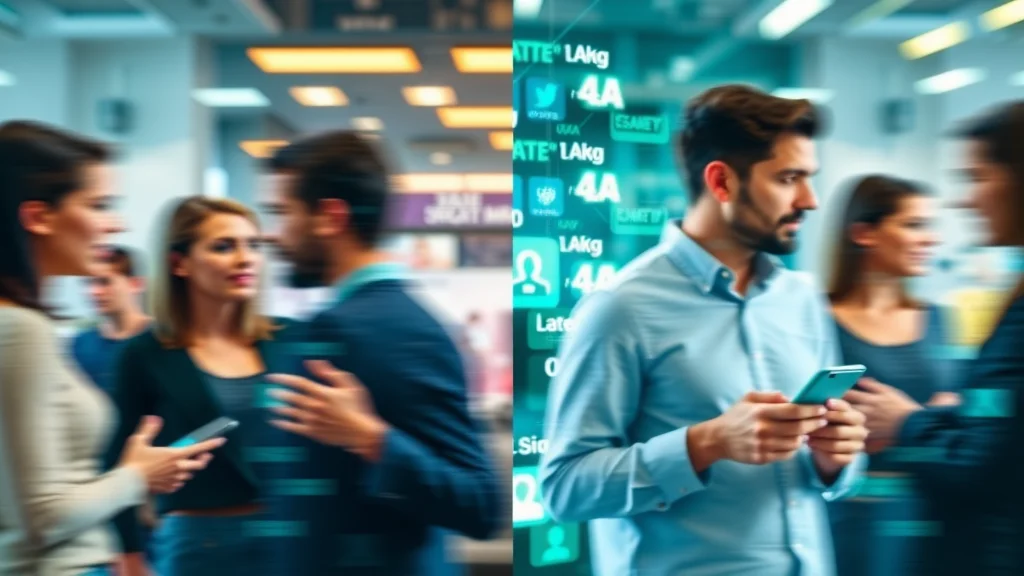
Key Takeaways for Mastering Social Media Influence
- Understand what drives social media influence and the psychology behind it
- Choose the right platforms for your message and audience
- Balance mental health with active media use
- Use data to track your true impact and refine your strategy
- Prioritize ethical behavior and positive community building
- Act now to stay ahead—don’t leave your narrative to chance
In Summary: Why You Must Master Social Media Influence Today
With the accelerating speed and reach of the digital world, mastering social media influence is no longer optional. Whether you’re an individual, entrepreneur, or brand, taking control now ensures you shape your digital reputation, engage with others authentically, and turn online opportunities into lasting impact. Don’t wait until someone else defines your narrative—empower yourself to lead confidently in the age of social networks.
If you’re ready to take your understanding of social media influence to the next level, consider exploring the broader landscape of influencer marketing and how it can revolutionize your brand’s presence. By learning how to strategically partner with the right voices and implement advanced marketing techniques, you’ll unlock new opportunities for growth and engagement. Discover how to build authentic relationships, amplify your message, and stay ahead in the ever-evolving digital world by visiting our comprehensive guide on transforming your brand through influencer marketing. The future of influence belongs to those who act with insight and intention—start your journey today.
To Learn More About Building Your Online Authority, Email Us at smartmarketing@dylbo.com
Social media influence is a powerful force that shapes opinions, behaviors, and trends across the globe. To deepen your understanding of this phenomenon, consider exploring the following resources:
-
“Global views of social media and its impacts on society”: This comprehensive report by the Pew Research Center examines how social media platforms affect public awareness, political engagement, and societal change across various countries. (pewresearch.org)
-
“The Science of Influence: How Social Media Affects Decision Making in the Healthcare, Travel, Retail and Financial Industries”: This study by the Institute for Public Relations delves into the role of social media in consumer decision-making processes across multiple sectors, highlighting its growing impact on purchasing behaviors. (instituteforpr.org)
By engaging with these resources, you’ll gain valuable insights into the multifaceted nature of social media influence and its implications for individuals and organizations alike.
 Add Row
Add Row  Add
Add 







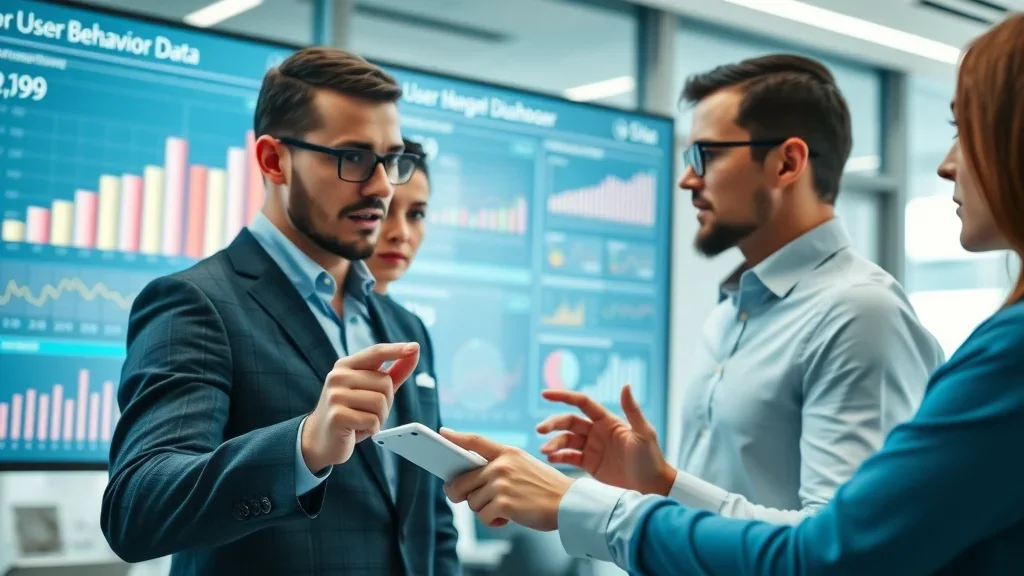


Write A Comment